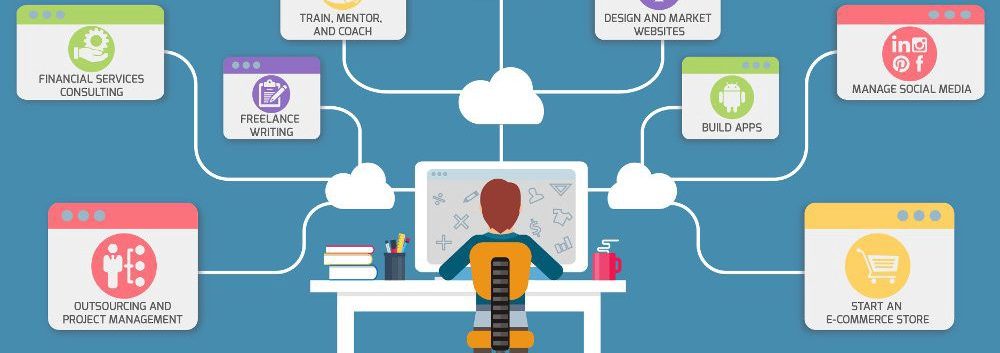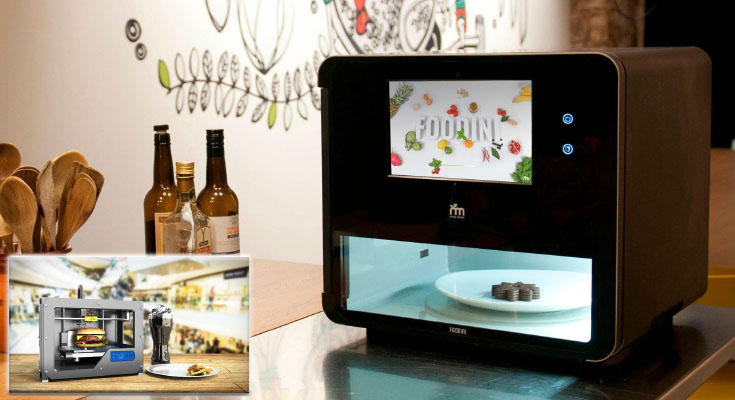We are now more knowledgeable about the food industry, thanks to new technologies and communications. Soon the world population would reach 9 billion, which will leave one extremely crucial problem over our heads: food stability. But luckily enough, technology has given us the ability to count, trace, and eventually, feed 8.4 million people who aren’t getting enough to eat. Check Collected.Reviews for customer feedback about how and where to order food online. Meanwhile, here are 5 important roles technology is playing in the food industry.
1. 3D Printing
3D food printing has truly exploded over the past few years. There have been many uses for 3D printing of food, such as making soft pizzas for those that are unable to eat regular ones. It enables creativity and sustainability, because we could not do several of these before, while still supporting food sustainability. The 3D printing industry is now in a state of constant flux.
2. Product packaging and Disposal
Consumers are more concerned about finding decent and long-term products today. Most consumers are on social media, but there’s not little marketers can get away with when it comes to misleading or fraudulent advertising, as they once were able to do it successfully. Often businesses utilize technologies to support them “reduce their carbon footprint.” By the application of robotics and digitization, businesses in the food sector have been able to find non-polluting materials for food and beverage packaging alternatives
3. Drones
The productivity of the precision farming sector is huge when it comes to the positive effects of technology. This refers to using GPS monitoring systems and satellite imagery to examine crop productivity on the farm as well as well as the levels of soil and atmosphere for agricultural analysis. They will see all that happens in the fields, but we can still use drone observations to assess the soil and the health of the crops, like bacterial contamination. Drones are equipped with sensors to detect and recognize unhealthy plants, diseased, or injured crops and assist with their care. The usage of these machines doesn’t negate the need of having human employees; it reduces the number of them, making them more efficient. For larger numbers, and tighter product specifications, the robotic components have the advantage of producing more productivity than regular workers.
4. Precision Agriculture
Often known as geoduck or satellite farming, this form of farming uses GPS trackers and satellite imagery to accurately control crop yields, soil conditions, and weather to help farmers maximize their output. This is becoming progressively relevant in light of the challenge of feeding 9 billion citizens by the middle of the century as it becomes more evident Currently, you can use various applications to monitor the nitrogen and phosphorus levels in the soil, such as weather monitoring apps and soil monitoring kits. These precision technologies provide farmers the ability to precisely assess an area’s yield. Before, all fields were considered as one, farmers could not know which crops thrived best in which locations.
5. Promoting Local food
People want to know where their food comes from, and agricultural biotechnology, as well as climate change and endocrine disruptors, which threaten it. Farmigo is like a location where people can locate farms in their area and purchase fresh produce from them, much like an online farmers’ market.
New methods in agriculture, including robots, data collection, and sorting, are changing the way we do things.





